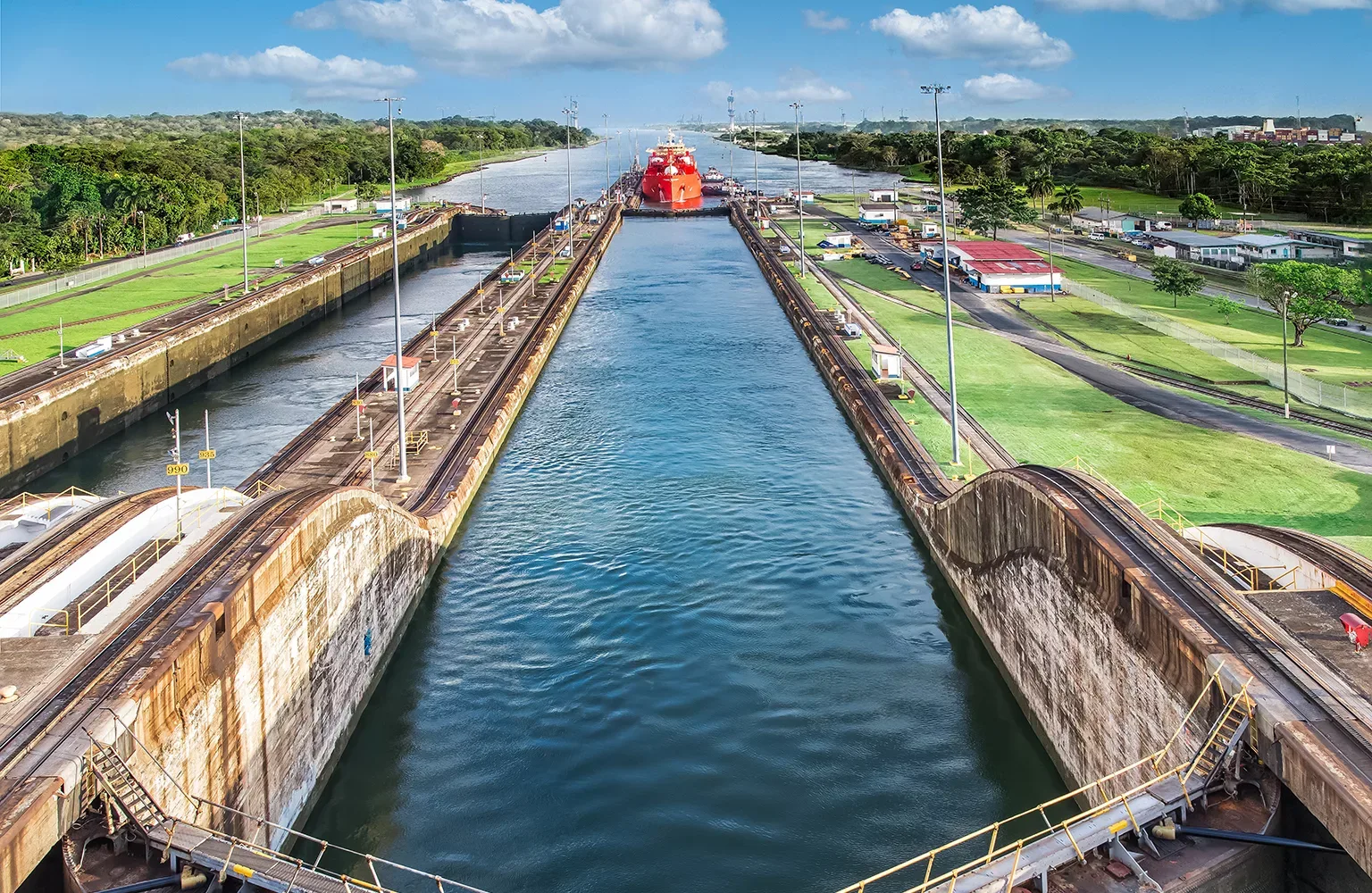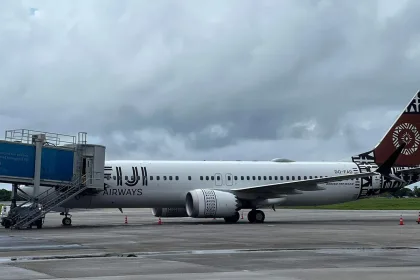Marking a new era for the Panama Canal, we explore the ways in which its projected reservoir expansion will transform local communities by facilitating a dependable water supply and cement the canal as a critical hub in the international supply chain.
BROADENING THE PANAMA CANAL’S HORIZONS
A highly impressive waterway spanning the isthmus of Panama, the Panama Canal is a golden passage for opening up the transatlantic supply chain, immensely shortening the distance traveled between the Atlantic and Pacific Oceans and unlocking the global shipping and logistics networks.
Stretching an incredible 51 miles, the waterway is considered a man-made wonder of the world and has become a vital resource for Panama since it gained possession of the canal on December 31st, 1999.
The Panama Canal Authority (ACP) – the government agency responsible for overseeing the waterway – has long been committed to ensuring sustainable and efficient levels of water for the country and guaranteeing the safe travel of Panamax vessels.
The authority proves vital in the face of growing socioeconomic challenges. Namely, Panama has experienced a recent surge in its population, prompting the ACP to consistently work toward increased water capacity for the nation.
This is particularly pertinent given Panama’s reliance on steady rainfall for a sufficient supply of water, which has been significantly impacted by climate change and altered weather patterns.
In fact, the country experienced its worst recorded drought in 2023, which subsequently reduced the amount of water used to operate the canal’s locks, resulting in half the number of vessel transits throughout the year.
In order to meet these compounding challenges, the ACP has taken bold steps to safeguard its water supply, such as introducing a third set of locks to bolster water volumes available for the local communities of the Indio River.
A WATERSHED MOMENT
However, recent legislative developments have marked a key turning point in the future of the Panama Canal, including the reinstatement of Law 44 by the nation’s Supreme Court.
Significantly, this returns the canal’s watershed to its original boundaries and thus extends its parameters, overturning previous legislation introduced in 2006.
Moreover, Law 44 also gives complete territorial ownership of the canal to the ACP, allowing it to have greater control over the country’s water supply.
In response to this landmark legislature, the ACP has proposed plans to construct a multipurpose reservoir that should sustain the country’s water needs for the next 50 years and subsequently improve the lives of local communities.
Chalked to take around six years, the reservoir’s construction will span the Indio River and facilitate between 36 and 40 transits a day, vastly improving the waterway’s capacity going forward.
The project will further help support the people of Panama, with $400 million being attributed to direct investment in the development of nearby communities.
Furthermore, in consideration of the canal’s local populations, the ACP will also need to gain the acceptance and approval of local communities around the Indio River before going ahead with certain operations.
REACHING NEW TRANSIT HEIGHTS
One of the many benefits of the Panama Canal reservoir extension is the increase in the number and capacity of its locks, resulting in the transit of larger Neopanamax vessels.
Accordingly, the MSC Marie has become the largest neopanamax to cross the canal, breaking a new transit record. Weighing at over 17,640 20-foot equivalent units (TEUs) and spanning 366 meters (m) long and 51m wide, the ship traveled from the Port of Manzanillo in New Mexico.
The MSC Marie exceeds the previous record set by EVER MAX, weighing 17,312 TEU on its debut passage across the canal in August 2023.
The vessel’s passage bodes well for the future of the waterway, as it proves the capacity for state-of-the-art ships that will only increase in size, thus establishing the Panama Canal as a titan in the global supply chain.






















